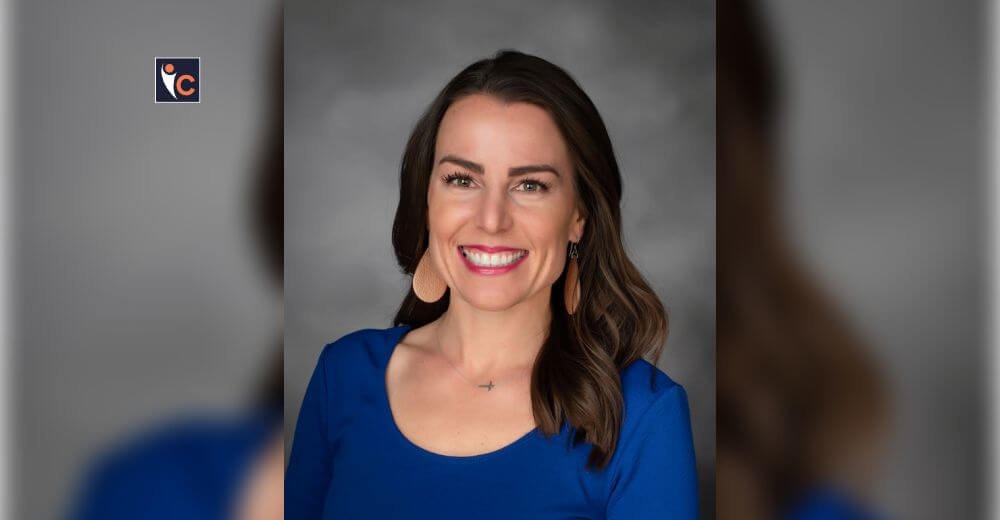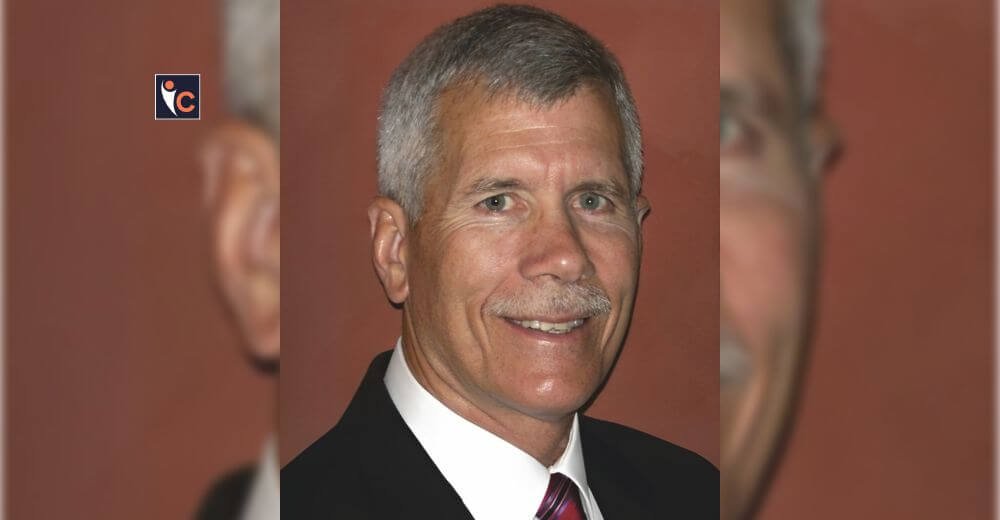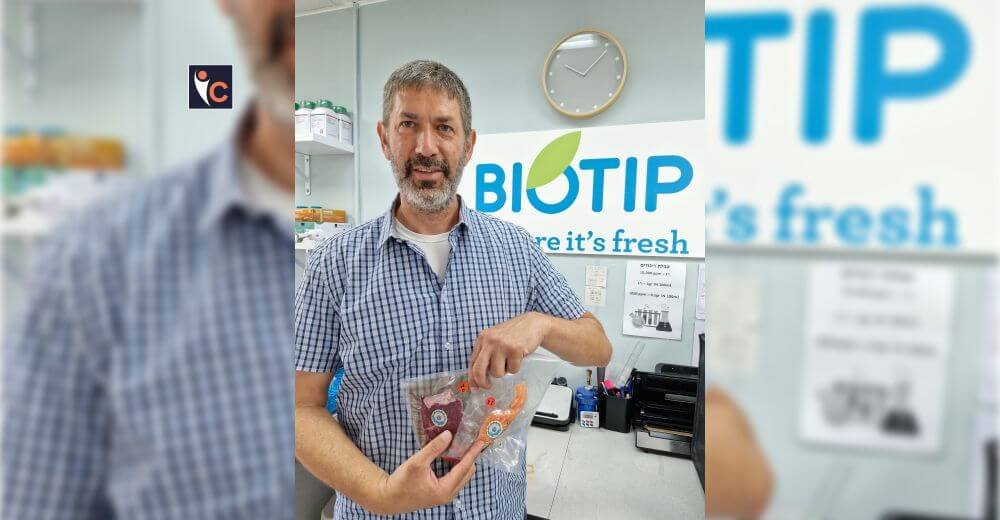Chief Medical Officers (CMOs) are critical leaders in the complex healthcare landscape. They are responsible for steering organizations towards optimal patient care. Dr. Edward Kucharski exemplifies this role with significant distinction. Before assuming the role of Chief Medical Officer at Casey House, he forged his skills as a dedicated family physician within the South East Toronto Family Health Team. Dr. Kucharski’s influence extends beyond the hospital walls; he serves as a Leader theme lead in the MD Program at the University of Toronto’s Temerty Faculty of Medicine and contributes as a surveyor for Accreditation Canada.
His professional journey unfolds with impactful milestones, including a tenure as the regional primary care lead for Ontario Health-Cancer Care Ontario and the Toronto Central Regional Cancer Program. Dr. Kucharski’s expertise is not confined to administrative roles; as the CMO, he is instrumental in providing crucial clinical guidance and overseeing the medical staff at Casey House.
He spearheads initiatives aimed at enhancing cancer screening for diverse communities, displaying a deep commitment to inclusivity. Notably, he co-edited the acclaimed book “Caring for LGBTQ2S People: A clinical guide,” alongside Dr. Amy Bourns, evidence to his dedication to advancing patient-centered care.
In an exclusive interview with Dr. Kucharski, we uncover the visionary leadership and impactful initiatives that define his remarkable contribution to healthcare excellence.
Brief our readers about Casey House and highlight its mission in the healthcare industry.
Casey House is unlike any other hospital. We are a specialty hospital in Toronto providing ground-breaking care to people living with and at risk of HIV. Together with our clients, staff, peers and volunteers, we strive to create an inclusive environment where everyone feels safe. We offer a growing mix of inpatient, outpatient and community-based services that meet clients where they are in their individual journeys of health and wellness. Building on a legacy of advocacy and social justice, we actively dismantle barriers to care and safe living. We provide a community and sense of belonging that connects people to care. The humanity of each client is at the heart of everything we do.
What are some of the most innovative initiatives that Casey House has implemented under your leadership?
Implementing the first supervised consumption site in an Ontario hospital certainly comes to mind. This means that clients who use drugs can use them safely and legally inside our hospital to reduce the risk of overdose, connect them to care and keep them engaged in care. This is not something I ever imagined being a part of, since I was trained during a time in which those who used substances were looked upon with judgement and often barred from accessing health care. I am proud that our team has been a leader in providing compassionate, judgement-free care to clients, including those who use drugs. Unfortunately, many of our clients still face stigma related to their substance use and we have committed to focusing outwardly to help reduce this barrier.
How has Casey House adapted to the changing healthcare landscape during the COVID-19 pandemic?
We are constantly looking for new ways to help people access health care they aren’t getting anywhere else. In 2021, after a couple of years of accepting HIV- clients to our inpatient unit to support the surge on our acute care hospital partners, Casey House embraced a wider community of people in desperate need of help to overcome systemic health care inequities, which make it difficult for them to access the care they need. This included expanding our reach to serve people from populations at higher risk for HIV due to the social and structural determinants of health, whether or not they have an HIV diagnosis. Broadening our reach in this way has led to being able to care for more people and take a larger role in HIV prevention.
What are some of the biggest challenges you face as a Chief Medical Officer, and how do you address them?
While the COVID-19 pandemic always comes to mind, I think we all faced that challenge, so I won’t go on about it. I would say caring for our clients who use drugs remains a challenge. As mentioned, the stigma surrounding substance use often impacts our clients’ trust in us and health care on a broader landscape, but also, their drug use in and of itself can challenge our team. It certainly helps when we hire staff who share our values, have a good understanding of harm reduction and trauma-informed care; but it’s worth noting that being proactive and learning from our clients and staff about safety has also improved how we care for clients who use drugs.
How do you stay up-to-date with the latest developments and trends in healthcare, and how do you incorporate them into your work at Casey House?
Working in several academic settings certainly requires me to stay up-to-date, however, I would say most teachers learn quite a bit from their trainees; I most definitely do. Working for Accreditation Canada allows me the privilege of both sharing my knowledge with other health systems and organizations across our country, and learning from them too. It is not uncommon for me to return from a survey with several ideas to implement at Casey House.
What advice would you give to other healthcare leaders who are looking to innovate and improve patient care?
I think you will never go wrong when you listen to your clients and staff. With each passing year in health care, I believe we are doing better and better at this. I am a strong believer that clients are the experts in their own health and lives, and it is a mistake to not include their voice in our work. One phrase that has always stuck with me from a World Health Organization (WHO) video on patient-centered care is asking our clients, “Not what is the matter WITH you, but what matters TO you”.
What are your future plans for Casey House, and how do you see the organization evolving in the coming years?
Our hospital is constantly looking for new ways to help people access health care they aren’t getting anywhere else and has also evolved over the years alongside the treatment of HIV. Fortunately, treatment has improved dramatically and those with HIV can often take one pill once a day with few, if any, side effects. We’re now seeing the advent of long-acting injectable treatments that have a promise of even better care and control of HIV. With these advances, our hospital will care for more and more older adults with HIV, and more people who are not accessing adequate health care, and this has and will continue to inform the work we do at Casey House.










